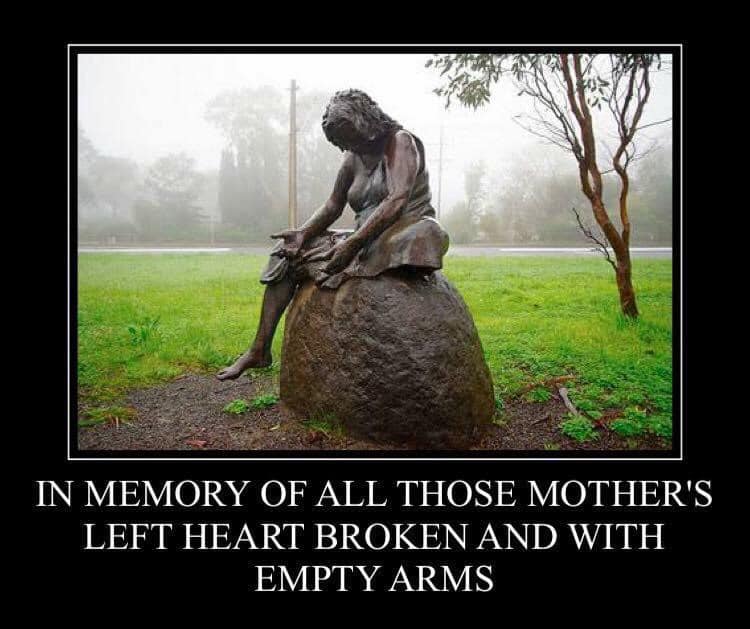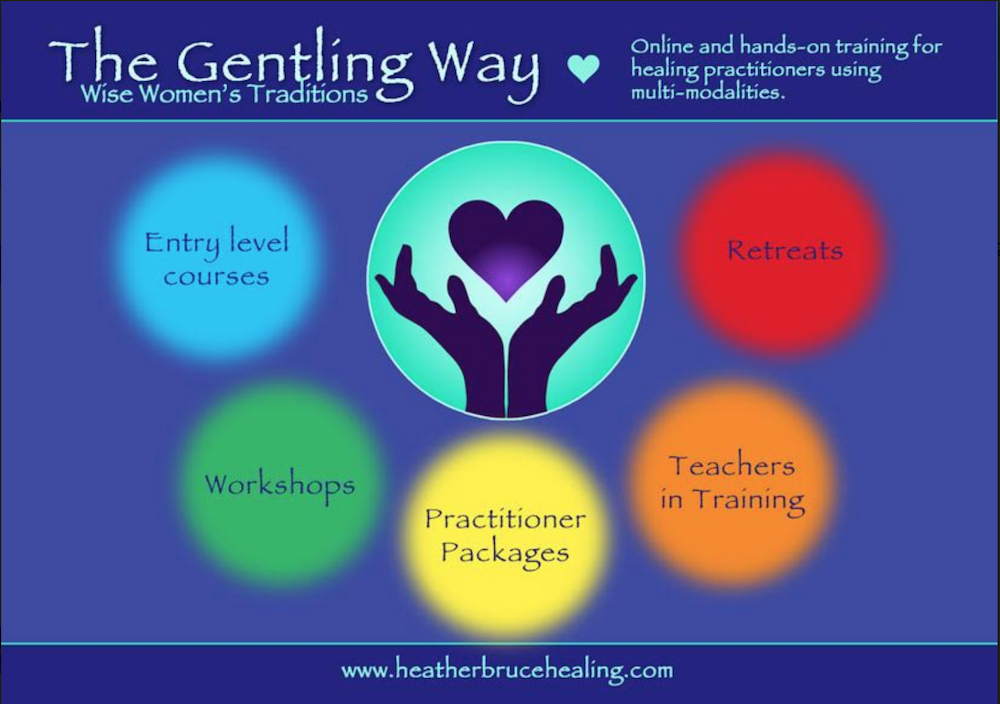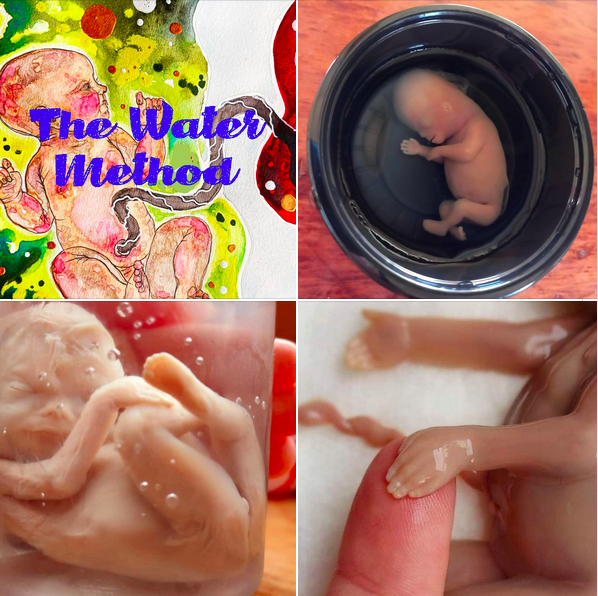Welcome

AND the dads – who have no idea how ruptured they can feel – till it is their baby-to-be gone.
And the grandparents. .
NOTE – This is NOT for medical tragics – if you ‘follow W.HO. and their handmaidens/masters – maybe we are not a good fit – I follow Nature. You may also ask ‘what happened’ and want to know the answer.
I am starting with a topical problem. Sperm quality and the nests we will grow the future in – are in doubt.
How did we get to this mess?
How to see the book?
Why did I write it? (CLICK)
Assisting in the miscarriage/pregnancy loss
Late miscarriage – apparently this is the cause (medical website – we need to be more than this – CLICK)
“Though they are rare, affecting only about 2 percent of pregnancies, late miscarriages do happen. Late miscarriages are defined as those that occur between 14 and 20 weeks. It is traumatic to lose a baby you’ve carried this far. You may have told people about the pregnancy, had reassuring prenatal testing, and already felt the baby moving. Many times it is possible to determine why it happened and predict the health of future pregnancies.
The symptoms of a late miscarriage are similar to those of an early miscarriage and usually include severe cramping and bleeding. You may also notice large clots of tissue passed with the blood. Contact your provider immediately if you have any of these symptoms. Although it may be too late to save your baby, your provider can take important steps to protect your health; for instance, you may be hospitalized to be sure that you don’t hemorrhage. If your bleeding and cramps continue after the baby and placenta are expelled from your body, you might have a minor surgical procedure called a D&C (dilation and curettage) to remove any remaining pregnancy tissue in your uterus. Following a late miscarriage, your provider will try to determine the cause of the miscarriage in order to prevent others in the future. For instance, if your cervix dilated too early and provoked preterm labor, your provider may be able to use cerclage (a technique that involves sewing the cervix shut) to prevent late miscarriage during your next pregnancy. Other times your doctor will gain information from the placenta, the autopsy, or laboratory tests. Even though you are grieving, at some point after your loss it is important for you and your partner to review what has happened in order to determine what, if anything, can be done differently with the next pregnancy.
These are some of the causes of miscarriage after the 1st trimester:
- Fetal structural problems like spina bifida and congenital heart defects.
- A maternal anatomical problem, such as a uterus divided in two.
- A problem with the placenta, such as placental abruption or abnormal implantation.
- An infection that kills the baby, such as parvovirus, cytomegalovirus or toxoplasmosis.
- An infection that causes a leak in the amniotic sac or preterm labor.
- An incompetent cervix, which is one that is too weak to hold the pregnancy.
- Antiphospholid antibodies syndrome (APS), which is the condition of having too many antiphospholid antibodies in your bloodstream. About 15 percent of women with recurrent miscarriages have these antibodies; this can cause blood clots in the placenta”
- In addition to the medical issues, this is an upsetting experience emotionally. Take as much time as you need to process. Many around you, including your doctor, a social worker, and your family, may provide support.
HEATHER’S NOTE – THEY MISS iatrogenic – that is the jabbing of whooping cough and flu vaxxes and other supposedly helpful chemical cocktails – or the drinking of the gestational diabetes test – or the consequences of freaking mum out with diabolical aspersions on bub via frequent scanning – plus of course the magic jab to save us all.
(You may also look here (CLICK) – If you have not experienced a miscarriage and are interested).
These alone or in combination create havoc. Some seem to sail through. Some – do not. Bub may be jettisoned. .
Maybe it is best to LEAVE WELL ALONE.
What to do? At least . . . be practical – we all feel – and can be gentled .
- Checking
- Clearing
- Soothing
- Fixing
- Settling
There is a way .. I have designed Heather’s Gentling Way – a holistic, multi modality, multi lineage, multi dimensional, transformational Qi and body aligning system – being heartfully connected to hands and soul. Following life flows, breath rhythms and the seasons of our being here.
You may be interested for yourself – as we always start with SELF and through the undoing of our own bellies, bodies and life residue (what we carry about) – we can appreciate the steps we all must take to Move Our Qi and Free Ourselves.
Womb positioning – essential for healthy ovarian function. To enable this – easy pregnancy. Hence I went through the Arvigo/Maya then the Mercier trainings . .to add to my Moving Blockages style of Qi Moving – we have now a rounded system of care . .to enable life (and babies when ready to breathe themselves) to flow. .

![]() The Water Method
The Water Method ![]()
I have been doing a little miscarriage support from afar recently, and I thought I’d write a little about the *The Water Method* which is a way to preserve a tiny baby after miscarriage or stillbirth for a little while.
Birthing a baby too early, before the age of viability or after an intrauterine death is usually very distressing, of course.
One way of saying goodbye to the tiny one can be meeting and touching and spending time with them.
This is often difficult as immediately after birth, fluid loss from the tiny body makes their skin very friable and easily damaged, so touching becomes very precarious, and people are often very fearful of it.
The little one also changes appearance very drastically, very quickly, and this can leave far too little time for a meaningful goodbye.
Another issue is that sometimes these little, far too early babies are born almost red in colour which can be shocking and difficult to process.
![]() The Water Immersion Method can help with all these issues. Essentially, once the baby is born, it’s simply immersed in cold tap water.
The Water Immersion Method can help with all these issues. Essentially, once the baby is born, it’s simply immersed in cold tap water.
![]() A clear receptacle/plastic or glass bowl helps making the baby as easily visible as possible, a red or blue container makes it a lot harder.
A clear receptacle/plastic or glass bowl helps making the baby as easily visible as possible, a red or blue container makes it a lot harder.
![]() The baby can be kept in the water for a few days even, or until whatever ceremony/funeral/burial is planned. The water can be changed out as needed.
The baby can be kept in the water for a few days even, or until whatever ceremony/funeral/burial is planned. The water can be changed out as needed.
![]() The advantages of the Water Method are multiple:
The advantages of the Water Method are multiple:
![]() the baby adopts a natural position and floats in the water weightlessly almost
the baby adopts a natural position and floats in the water weightlessly almost
![]() it is easier to clean blood and loose tissue away from the baby without causing damage
it is easier to clean blood and loose tissue away from the baby without causing damage
![]() skin and tissue tends to plump up again, and skin colour lightens which makes it possible to really notice tiny physical details of the baby and maybe get beautiful photographs
skin and tissue tends to plump up again, and skin colour lightens which makes it possible to really notice tiny physical details of the baby and maybe get beautiful photographs
![]() touching the baby and exploring their bodies is much easier this way
touching the baby and exploring their bodies is much easier this way
![]() siblings or other family/friends often find it easier to meet the baby this way
siblings or other family/friends often find it easier to meet the baby this way
![]() it is ok to take the baby out of the water carefully, perhaps for a cuddle or pictures, as long as there is some plastic between the baby’s skin and any cloth it might be wrapped in (cloth tends to stick to the very friable skin and may cause damage)
it is ok to take the baby out of the water carefully, perhaps for a cuddle or pictures, as long as there is some plastic between the baby’s skin and any cloth it might be wrapped in (cloth tends to stick to the very friable skin and may cause damage)
![]() this method is suitable for all gestations
this method is suitable for all gestations
![]() it is relative unused in the UK, but very common in other countries, for example the Netherlands and Germany as far as I know.
it is relative unused in the UK, but very common in other countries, for example the Netherlands and Germany as far as I know.
![]() this is incredibly easy to do as a parent and simply facilitated as a midwife
this is incredibly easy to do as a parent and simply facilitated as a midwife![]()
![]() There are LOTS more pictures and information in the links below, I hope this might turn out helpful for some.
There are LOTS more pictures and information in the links below, I hope this might turn out helpful for some.
This is a really important subject and I hope that this can help break the silence and taboo around pregnancies that ended far too soon, or babies that didn’t live.
These little ones existed and are remembered with much love and sadness by MANY of us ![]()
More reading:

A beautiful soul has sent me some pictures of her little ones, both born far too early, both preserved with the Water Method,
and this is what you can see in the pictures.
The first photo is a tiny one who passed away at 12 weeks and was born at 15+2.
The second and third photos are a baby that passed at 18/19 weeks and was born at 19+5.

Maybe look to this free taster?
What If Something Goes Right?
Look to Nourishing YOU bundle?
Or go straight to Easy Pregnancy Resources .. (includes the nourishing easy pregnancy/avoiding early pregnancy loss booklets)
Or take multiple eBook option – Easy Pregnancy Solutions option
